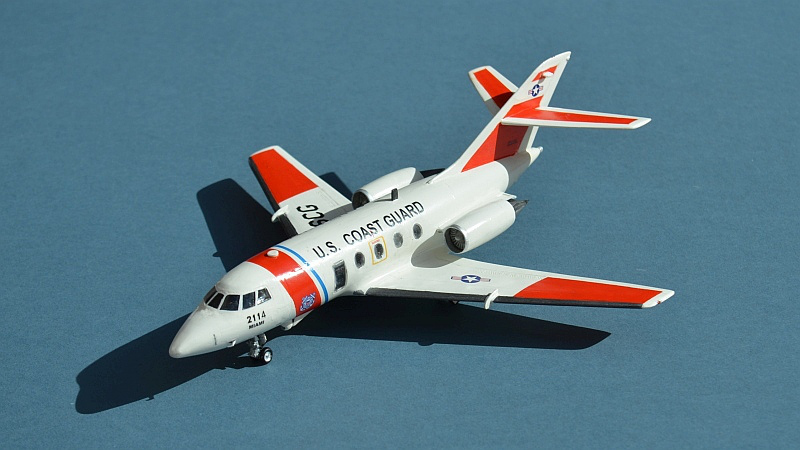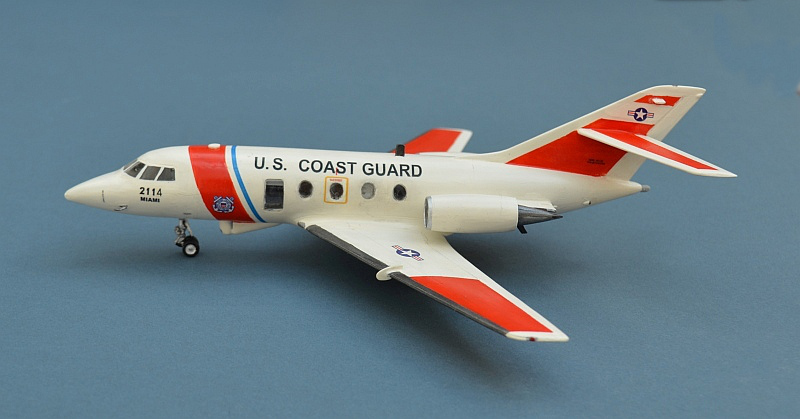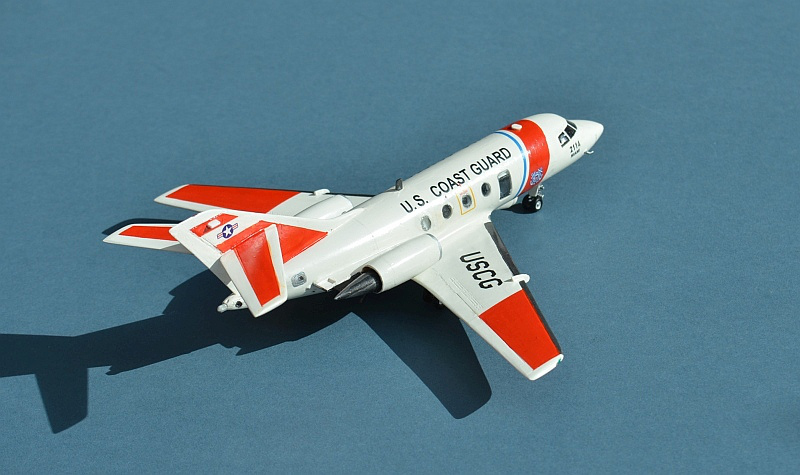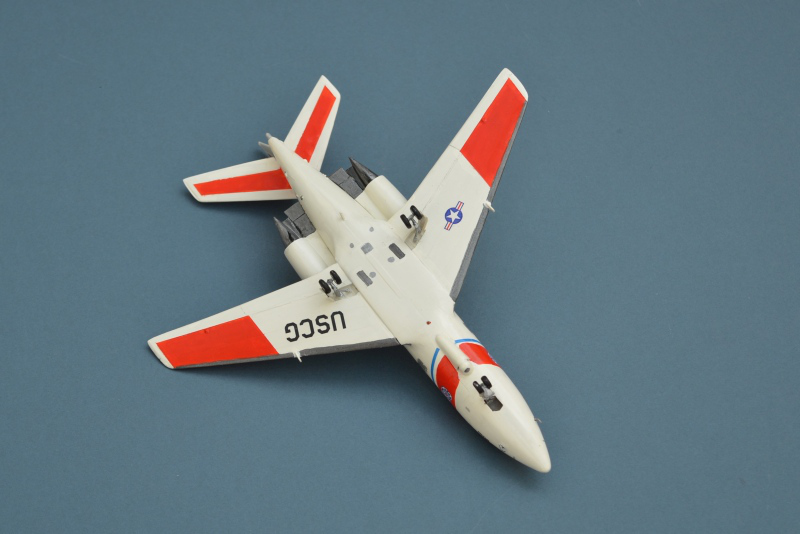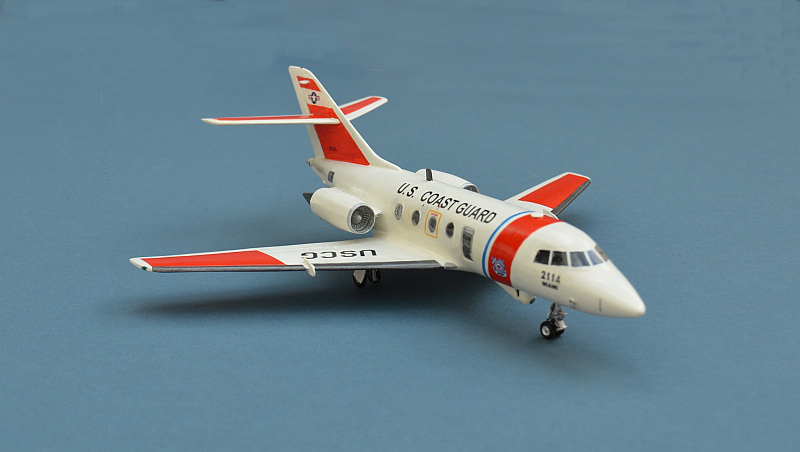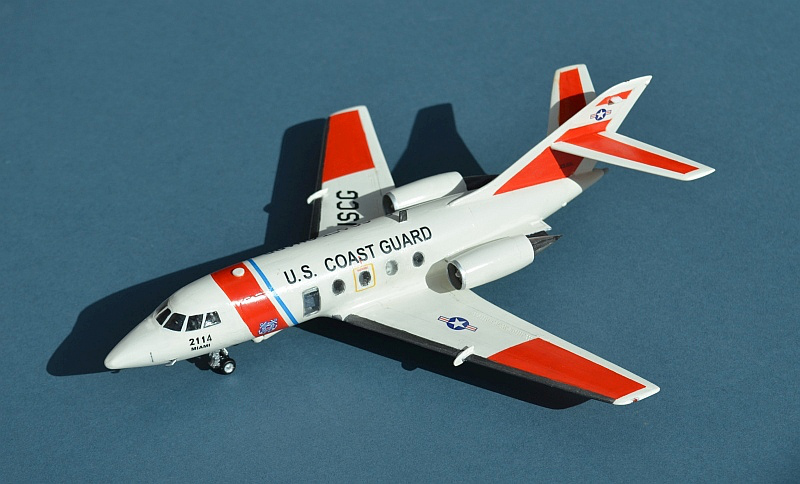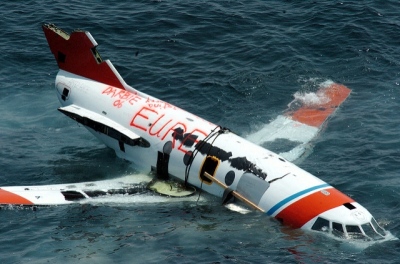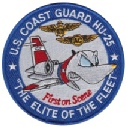October 2018
Dassault Hu-
(Falcon 20)
Dassault Hu-
US Coast Guard -
Mach2 1/72 with scratch modifications

© www.gengriz.co.uk
Background Picture -
four Royal Navy Hawk aircraft (used to simulate launched missiles)
Have a look at many more models of US aircraft on my Friends and Allies pages
Building the Kit:
Those of you familiar with Mach 2 kits will appreciate and understand what a challenge this build has been.
Mach 2 are traditional “old school” short run kits, using low pressure injection moulding techniques that make large amounts of flash almost unavoidable and which limit the level of detail and moulding consistency that can be achieved.
Products of industrial accuracy they are most definitely not !
However, their bold range of unique subjects with a strong French bias make them the only option for some very interesting, but less mainstream subjects. If you take them in this context, and are willing to apply a degree of time, skill and effort into their construction, you will end up with something unique and definitely worthwhile.
Just don’t try one when you are feeling vulnerable or stressed.
Mach 2’s Dassault Falcon kit is a typical product of this manufacturer and comes
in a wide range of civil and military variants, including the smaller Falcon 10 and
the subject of this model, the mid-
The kit comes on a single sprue in a soft slightly yellowed plastic with a lot of flash, but some reasonable surface detail. Detaching parts from the sprue can be difficult, as attachment parts are thick and not always well placed. There are also some very large and obtrusive ejector pin stubs that need to be removed carefully before parts will fit together.
Parts fit is generally quite poor and needs a lot of tidying up of joining surfaces, but once this is done, a small amount of filler is all that is needed to complete, with two exceptions; the cabin windows, especially the windscreen, and the wing joints. These two areas both need some very careful attention to achieve a smooth and symmetrical result.
As with every Mach 2 kit I have seen or built, the transparent parts are the weakest link – on this kit they are cloudy and no amount of polishing could resolve this as it seems to be more an issue of the grade of plastic used. They are also a poor fit, needing some filler around their edges and some sanding to fair them in, meaning that what little transparency there originally was needed to be polished back in (using toothpaste as a polish) on completion.
The US Coast Guard Hu-
The 41 aircraft acquired by the USCG entered service in 1982 and were assembled locally
in Arkansas with US mission systems. Cabin observation windows were designed and
produced by Grumman. Unlike mainstream Falcons, the Guardian was powered by 2 Garrett
ATF-
Surface detail is pretty scant, but good enough for this scale and subject, with a good range of antenna provided, albeit that some are clearly beyond the moulding technology and best replaced from the spares box. To my surprise, the cockpit interior and undercarriage are actually quite good once tidied up, but I did have some very nasty depressions on the tail surfaces and the inside of the wing really needed a lot of work. Decals are laser printed, so need careful trimming to size, but they have strong colours, are finely printed and are acceptably thin.
Painting the dayglow red areas proved a little bit of a challenge. Tamiya masking tape proved very effective, with the plastic curved variety used for the fuselage band. Whilst the wings and fuselage were relatively easy to do, the vertical tail was less so
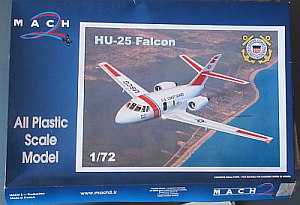
During its service life, the Guardian underwent a range of sensor and mission system upgrades to produce 5 distinct variants:
- Hu-
25A – the original 41 aircraft were fitted with APS- 127 surface search radar. - Hu-
25B (Aireye) – Eight of the original aircraft were modified to carry sideways looking radar in a large under fuselage pod, with additional sensor pods on wing stations. The radar provided increased detection of small targets such as liferafts for SAR ops and was also capable of detecting oil spillages. As such, it was deployed to the Gulf in 1991 to monitor and track oil releases by Saddam Hussein’s Iraqi forces or resulting from Allied bombing. - Hu-
25C (Nightstalker) – By fitting the APG- 66 radar used by the F- 16 into a new nose section and a specialist tactical workstation to nine former HU- 25A aircraft, the Guardian gained impressive air intercept and ground tracking capabilities for the anti- narcotics interdiction role. The new radar was matched with a trainable IR/Optical sensor turret beneath the fuselage, satcoms capability and a more modern tactical workstation suite within the cabin. - Hu-
25C+ - Starting in 2000, all of the Hu- 25Cs were fitted with an upgraded APG- 66(V)2 radar in an extended nose section. - Hu-
25D – Finally, six Hu- 25As were retrofitted with the X- band APS- 143C(V)3 OceanEye inverse synthetic aperture radar to give improved radar coverage out to 200nm and the ability to discriminate different types of surface target by shape.
As supplied, the kit builds into an original Hu-
Decals are those that come with the kit, except the serial – 2111 (as supplied) was
used as a test aircraft for the Hu-
In sum, this kit is definitely a challenge, but if you are feeling patient and know what to expect from a Mach 2 kit, it may not be an easy route to an award winning model, but is still well worth the time and effort you will have to put into it!
The real thing -
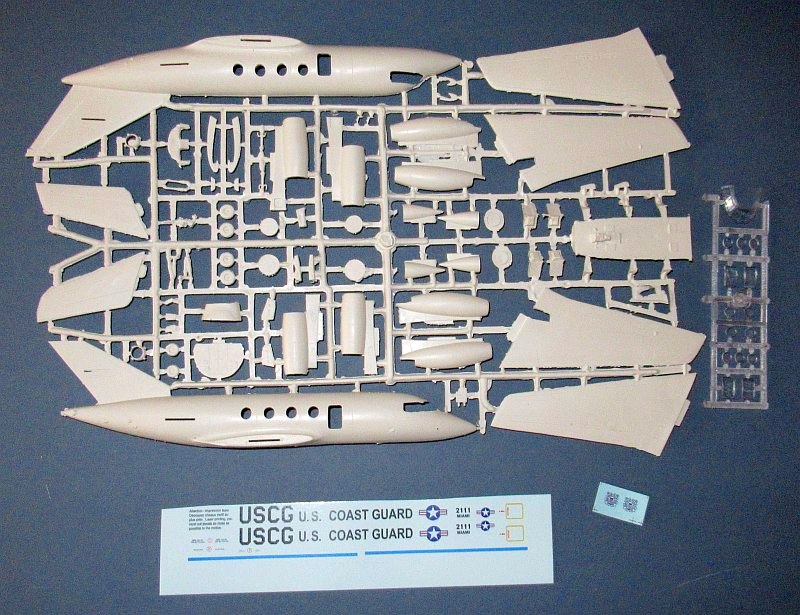
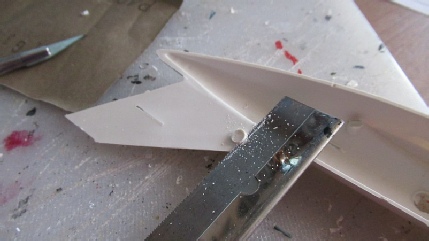
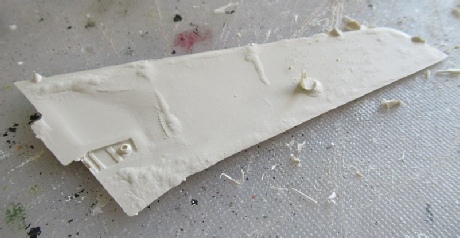
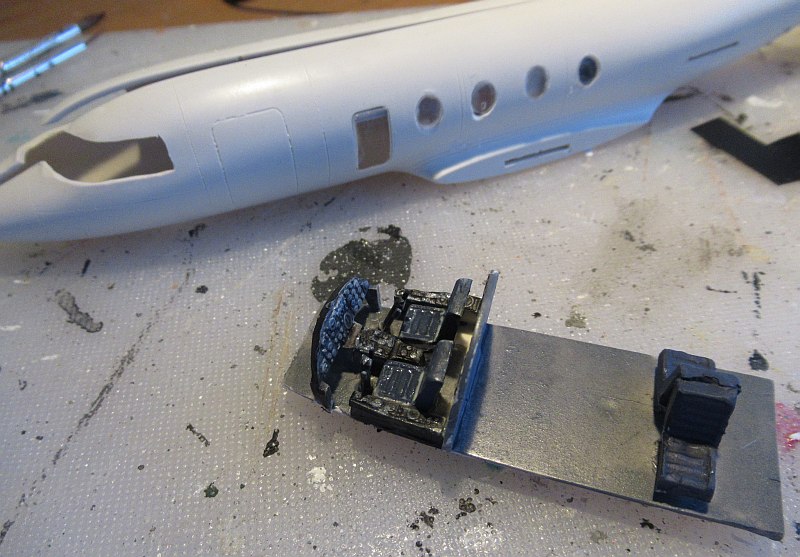
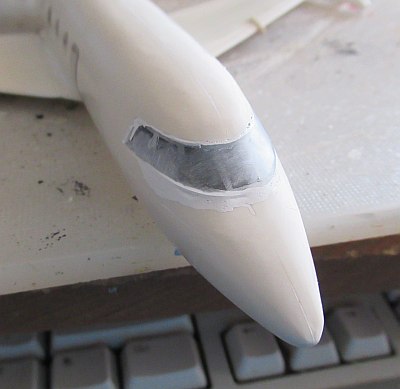
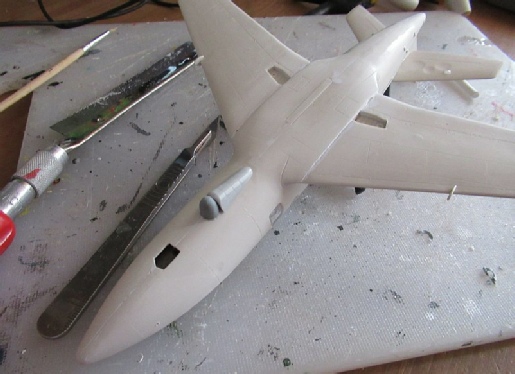
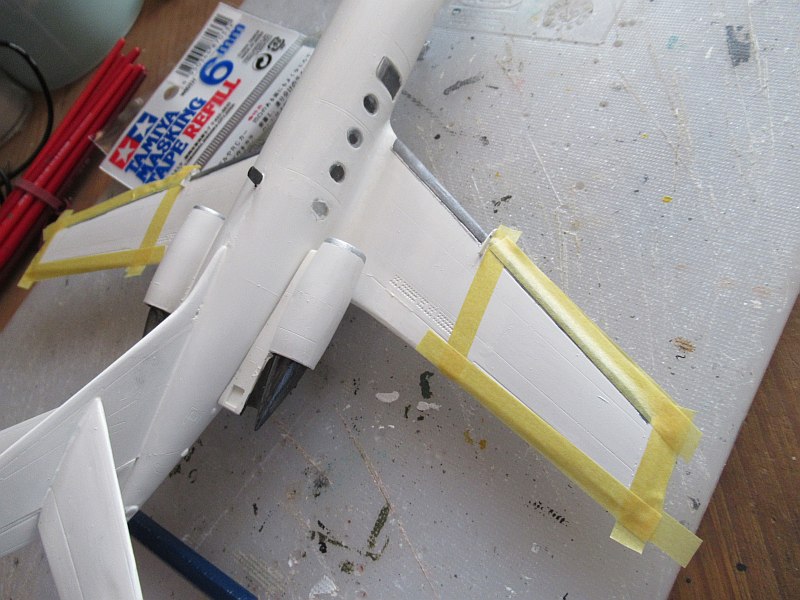
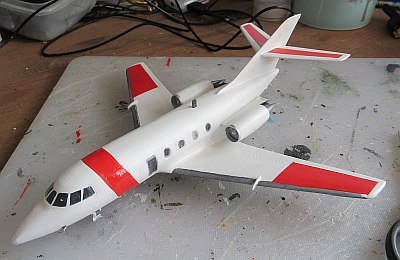
Based at 5 air stations around the US coast, the aircraft were capable of cruising at 350 knots down to sea level, with a maximum ceiling of 41,000 ft, an effective operational range of 800nm and capable of nearly 6 hours endurance on patrol.
Hu-
Falcon Walkaround:
These are a range of pictures of other military Falcon aircraft seen in the UK. The first is a smaller Falcon 10 aircraft used by the French Navy for maritime patrols. Often flying at very low level over the sea, these surprisingly agile aircraft are most impressive to watch. The larger blue aircraft are Falcon 20s used by FRA/Cobham under a threat simulation training contract with the Royal Navy. Fitted with jamming and missile simulator pods under their wings, the aircraft are often closely accompanied by BAE Hawks that split off from the formation, looking on radar and ESM detectors like an Air to Surface missile launched by the Falcon.
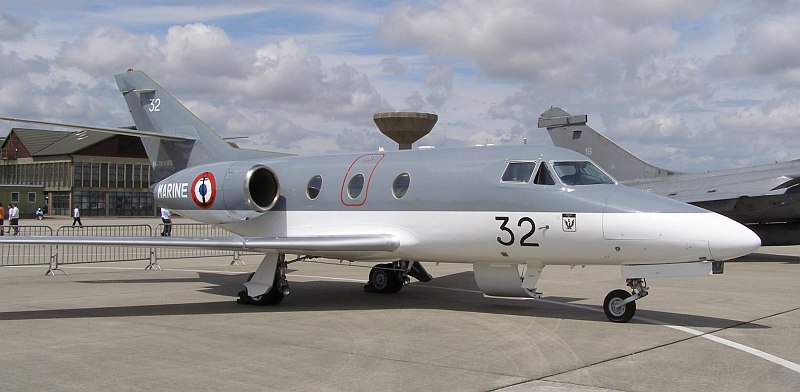
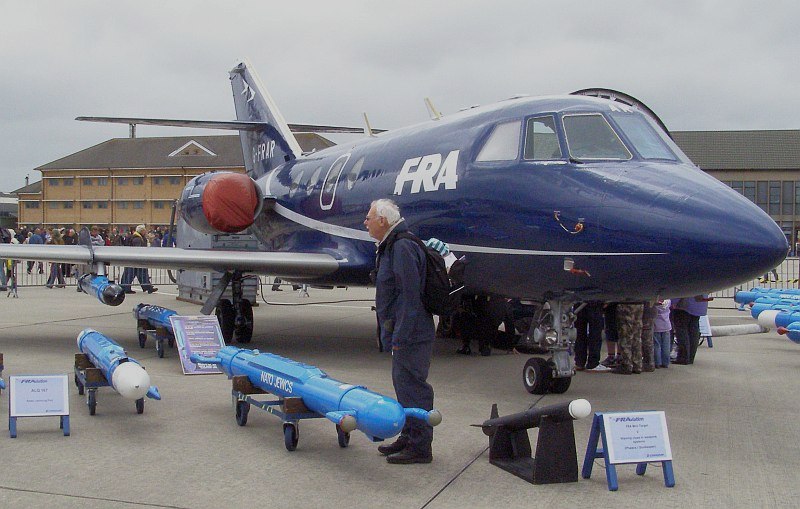
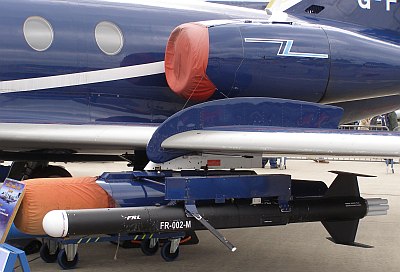
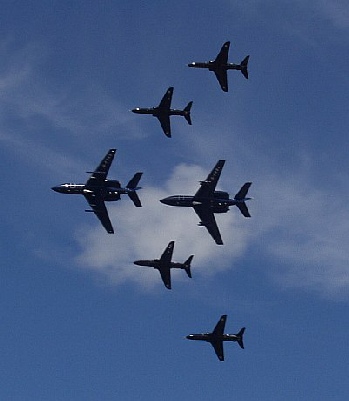
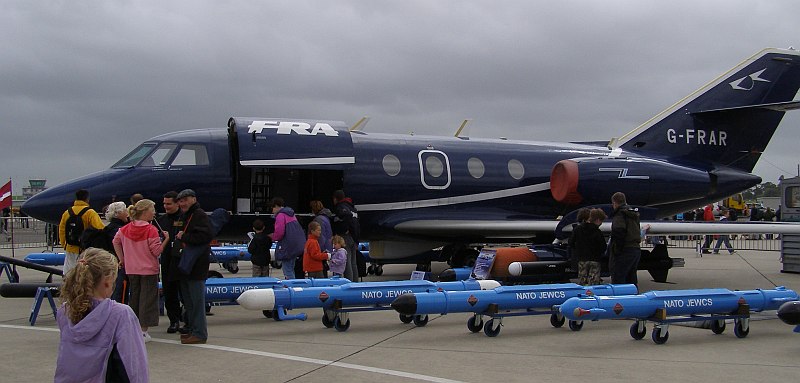
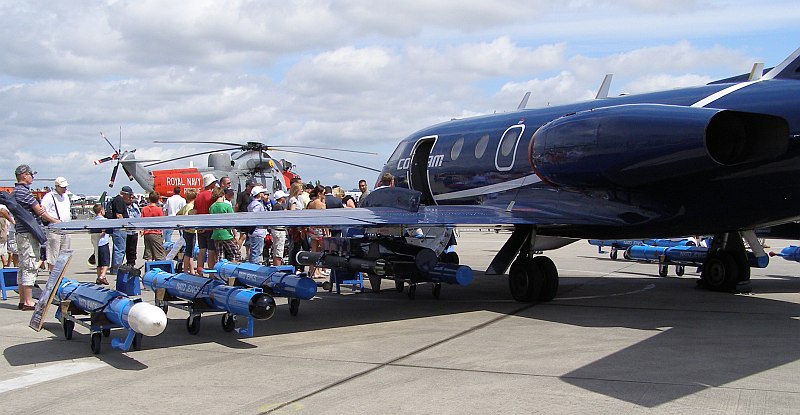
Have a look at many more models of US aircraft on my Friends and Allies pages
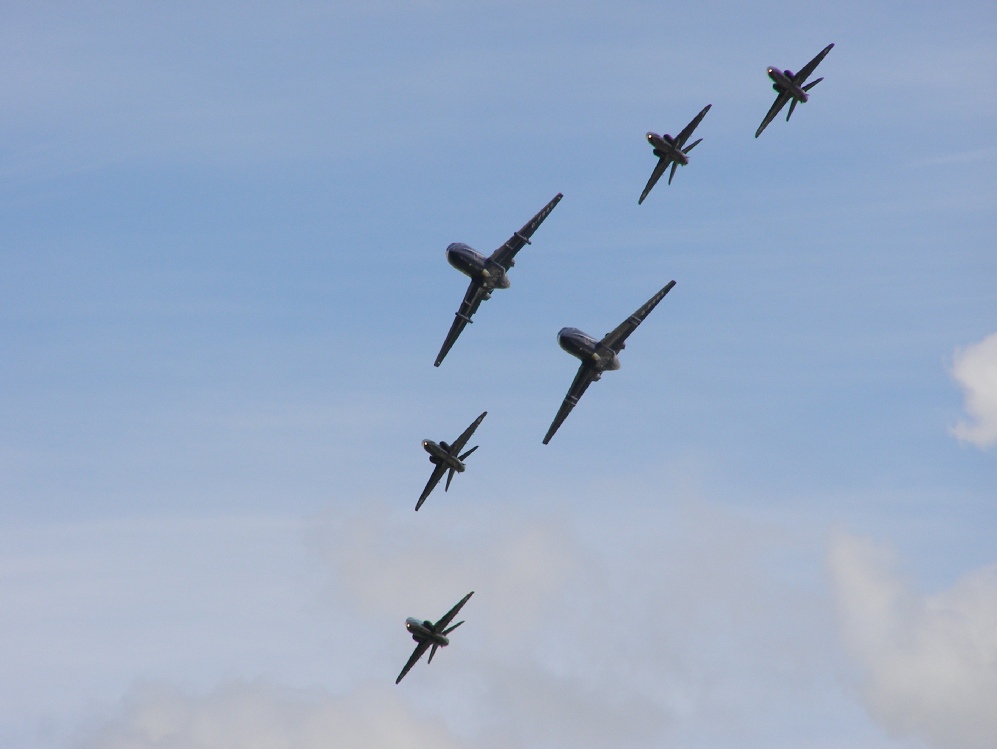
The real thing -
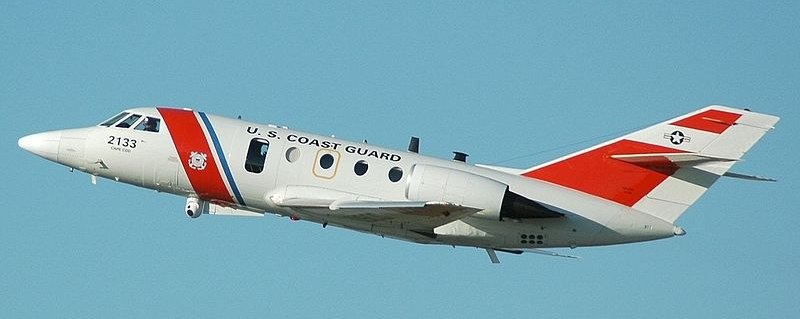
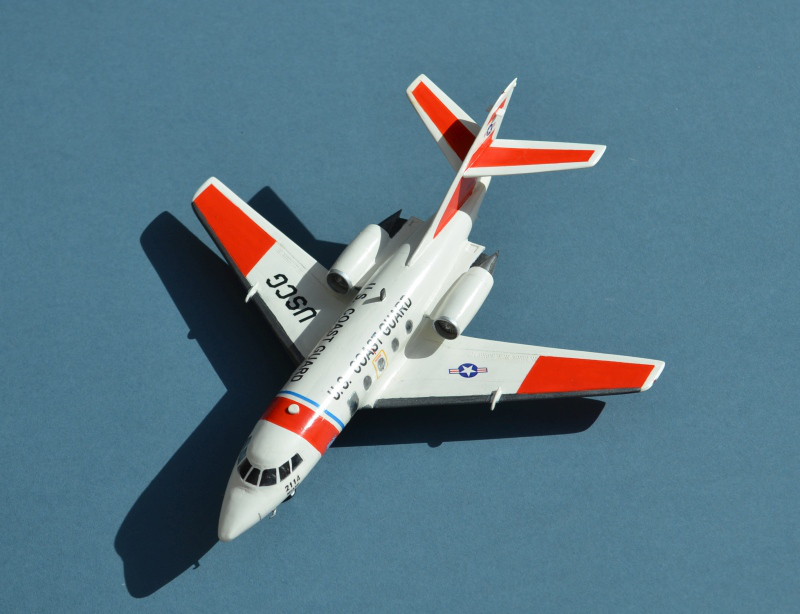
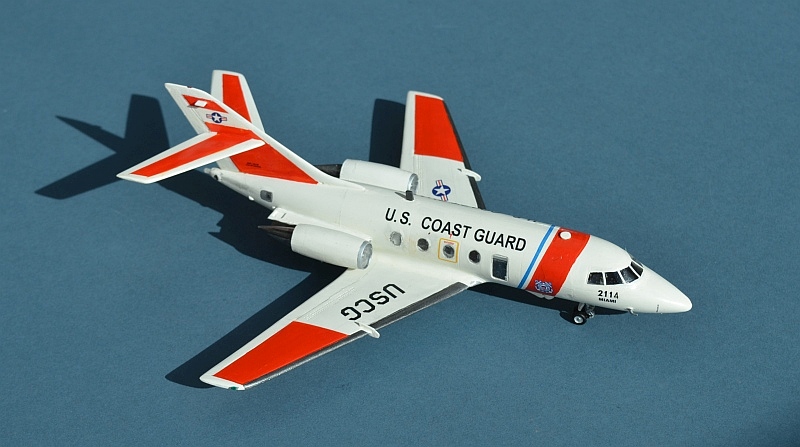
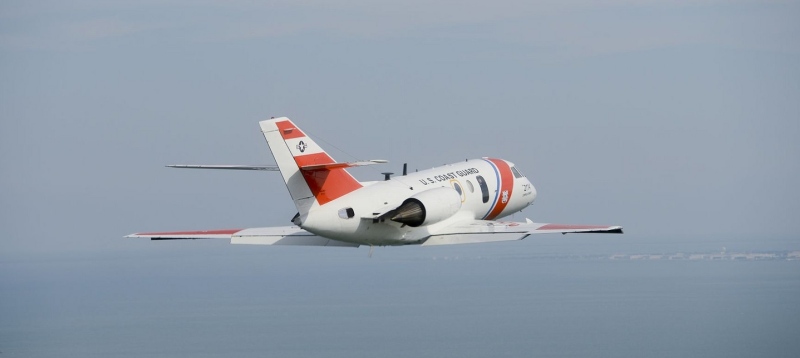
The real thing makes its final operational flight in 2014 -
